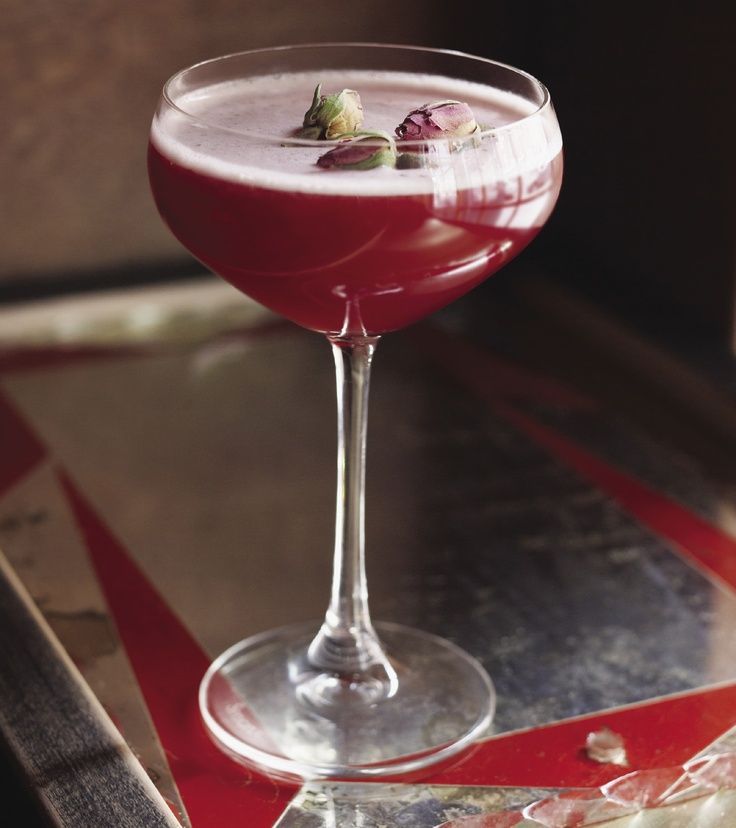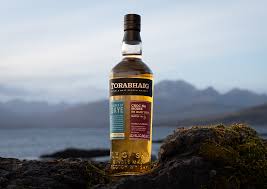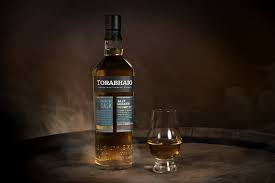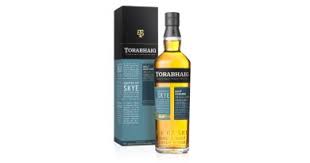Cognac cocktails

“Claret is the liquor for boys; port for men; but he who aspires to be a hero must drink brandy”.
Samuel Johnson
In July 1974, an article appeared in Esquire Magazine calling for the creation of what we now know as the ‘cocktail hour”. Entitled “They Laughed When I Invented the Cocktail Party”, it was written by Alex Waugh, renowned raconteur, cocktail connoisseur and brother of Evelyn.
He wrote “What one needs is some kind of a party that starts at half-past five, that lasts ninety minutes, at which alcohol is served, but not too much food.” Like all good ideas, it was absurdly simple and suited the lavish London lifestyles of the 1920s.
This early evening occasion had, hitherto, been synonymous with a lovely cup of splosh. Or, for the more adventurous, a glass of bubbly. But the concept of drinking cocktails before six? That way madness lay.
Waugh’s initial attempt to create the cocktail hour failed miserably. People thought it was just weird and those used to crustless cucumber sandwiches were puzzled by punch bowls full of Jamaican rum.
But Waugh, like all good writers, was determined in his avoidance of work and his perseverance paid off when he invited 30 guests for ‘tea’ rather than ‘cocktails’. Once gathered they were not furnished with Earl Grey but, rather, deep beakers of drinkable daiquiris made by an American acquaintance of Waugh
They went down easier than a new-born giraffe on roller-skates. “Very soon, “recalls Waugh. “it became apparent that the drink was singularly strong.” And lo, the cocktail hour was born; a delightful fleeting escape from the melancholy of the daily trudge, gracefully gliding from labour to leisure – an imbibing occasion that lubricated social life throughout the 20th century.
These days, though, time doesn’t allow such indulgence. We may be cash rich but we’re time poor. Days are less compartmentalised, the lines between work and leisure are less defined, no longer bookended with a certain starting point and a clear-cut clocking off time
As business communication has become more instant and international, and as email has ‘enabled’ us to be in touch at all times, work and play have been blended together. We’re having to make time as, these days, it doesn’t appear naturally.
Alas, our leisure time has shrivelled like a crisp packet in a roaring pub fire and one of the most depressing consequences of this has been the undeniable decline of deliberately designed drinking occasions such as the cocktail hour, the aperitif and, most lamentably, the digestif.
But while this post-prandial drink has often taken a luxurious, leather upholstered back seat, Cognac is much more versatile, and increasingly understanding it has a place in the cocktail. Indeed, for Americans it started life there, the original spirit in the Sazerac, and often appearing on the pages of the original 19th century cocktail menus.
In your boxes this month we have a VS and and a VSOP and both sit well in a the simple Gala cocktail, a mix with a quality lemonade
In fact much of the credit for Cognac’s considerable global reach can be proffered to the cocktail, it’s earliest international forays came courtesy of seafarers who mixed it on board. Sir Walter Raleigh for example, built a tasty Sack Possett for his 17th century crews, this being an early incarnation of a punch that included the addition of French Brandy.
In the 1840s Charles Dickens became an advocate of the French fancy and championed its inclusion in punches, some of which are referenced in A Christmas Carol, David Copperfield and The Pickwick Papers. Such was his affection that when he died in 1870 216 bottles marked Pale Brandy, F. Courvoisier were found in his drinks cellar at Gads Hill Place in London.
Brandy cocktails would also travel from Europe to America through the Julep and its influence encouraged mixing with the spirit. As if to reinforce the point Jerry Thomas opens his 1862 with a recipe for the brandy punch and along with the likes of contemporary Harry Johnson you can see how the spirit imbued all manner of mixed companion, the Brandy Smash, Crusta, Fizz and Daisy all enjoying a dose of something French.
Phylloxera obviously dented the chances of brandy cocktails, and in America in particular, whiskey would emerge as a replacement as the 19th century came to an end. Then gin and vodka played to the crowd during the 20th century. But in recent times the Cognac producers have recognized the resurgent interest in historic drinks and taken to reviving some of these classic themes.
One of our most spectacular cognac cocktail experiences was at Employees Only in New York. A pioneering bar that is a necessary pilgrimage for any aspiring bartender.
The bar’s Mata Hari cocktail takes its name from the Malay term for the sun, literally meaning ‘eye of dawn’, and showcases EO’s innovation blending contemporary themes with a classic like cognac.
The drink was originally made using a Chai Tea infused Sweet Vermouth with cognac, fresh pomegranate juice and garnished with dried rose buds which enhance its bouquet. What it delivers is a deep pomegranate and rose on the nose, a rich mouth feel and moderate dry finish thanks to the tea. The flavours are incredibly complex, if you’re looking to play around with the spirit and test the boundaries, we can think of no better place to start.
Mata Hari
Glass: Cocktail
Ingredients
35ml Courvoisier VSOP cognac
30ml EO Chai-infused Vermouth* (recipe below)
20ml freshly squeezed lemon juice
15ml ounce simple syrup
20ml ounce freshly squeezed pomegranate juice or POM Wonderful juice
3 dried organic rose buds
Directions
Put all ingredients into a mixing glass. Add large, cold ice and shake vigorously. Strain into a chilled cocktail glass and garnish with rose buds.
EO Chai-Infused Sweet Vermouth
Ingredients
4 green cardamom pods
4 whole cloves
1 cinnamon stick
1 tablespoon peeled, coarsely chopped gingerroot
1 tablespoon loose-leaf chai tea
1 (1-liter) bottle sweet vermouth
Place the cardamom, cloves, cinnamon, and ginger in a small saucepan over low heat and heat until fragrant, about 2 minutes. Add the tea and 1 cup of the vermouth. Bring to a low boil for 2 minutes. Remove from the heat and let cool completely. Add the remaining vermouth and strain the mixture through cheesecloth. Bottle and store at room temperature. Will keep indefinitely.
Share this story
More from Spirit Club
-

Torabhaig Cnoc Na Moine
Introducing the highly awaited third chapter in the Torabhaig Legacy Series, Cnoc Na Moine. A testament to our distillery’s continuous evolution...
Read more -

Torabhaig Allt Gleann Batch Strength 61.1%
This release has all the typicity of Torabhaig that you would expect – bonfire smoke, salinity, maltiness, and sweet, vanilla-led...
Read more -

Torabhaig Allt Gleann 46%
Our second release in The Legacy Series, Allt Gleann is named after one of two burns that feed the distillery....
Read more

